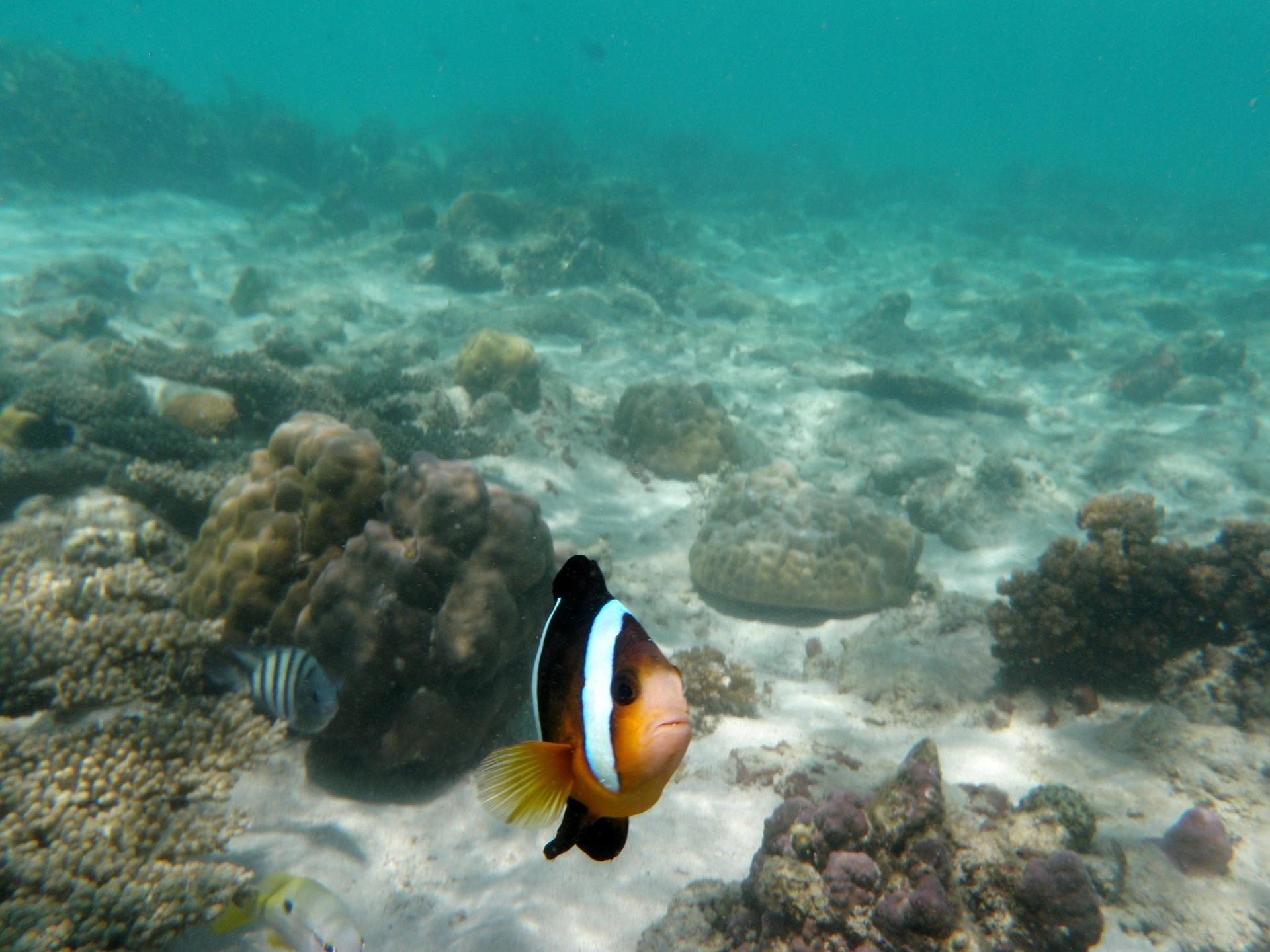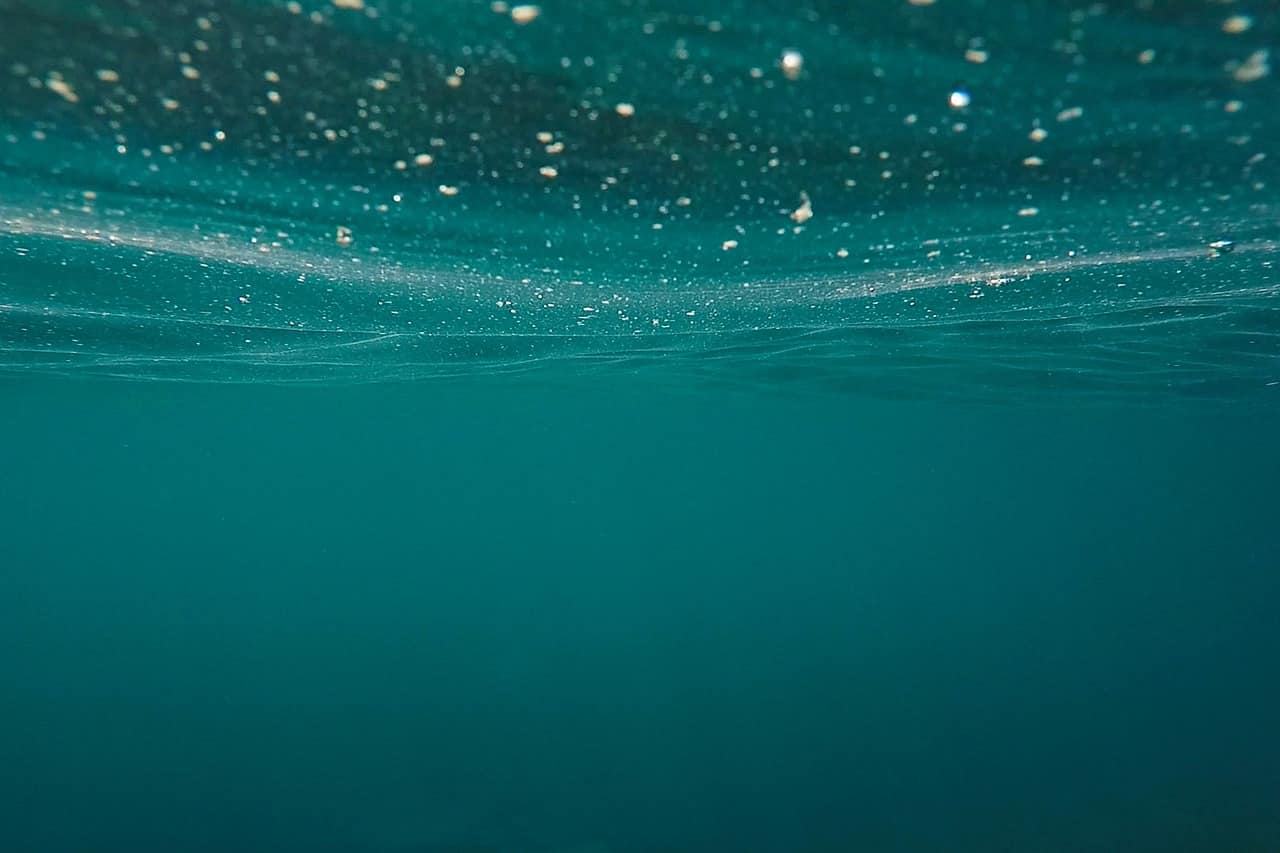
Using stretches of fibre optic cables as sensors could enable continuous, real-time monitoring of conditions at the bottom of oceans and seas, and below the planet’s surface, researchers say.
Despite sensing technologies advancing significantly in recent years, oceans and seas remain largely unmonitored as installing permanent ocean-floor sensors is very expensive, writes the University of Edinburgh in a press release.
The new technique could tap into existing networks of subsea cables that crisscross the ocean floor – spanning hundreds of thousands of miles – to create a vast array of environmental sensors, the team says.
Transatlantic cable
A team involving researchers from the University of Edinburgh tested the technique using a 3,600 mile-long subsea cable that runs between the UK and Canada.
They showed that earthquakes and ocean signals – such as waves and currents – could be detected on individual spans of the cable, which extends from Southport in England to Halifax in eastern Canada.
While previous research has shown that subsea cables can be repurposed to detect underwater earthquakes, the data recorded was limited as each cable acted as a single sensor.

Technology advances
In the new study up to 12 sensors were in place along the transatlantic cable, but future upgrades could allow this to be increased to more than 120, the team says.
Giuseppe Marra, of the National Physical Laboratory, which led the research, said: “This new technique opens a new era for Earth monitoring, providing the first time a feasible solution to the lack of environmental data from the bottom of seas and oceans. We can now rethink the existing underwater cable as a revolutionary tool for earth sciences and beyond.”
Improved monitoring
The combination of the new approach with current seismometer-based networks means the technique has the potential to greatly expand global earthquake monitoring, the team says.
The approach could also improve tsunami monitoring, and make it possible to monitor the effect of climate change on deep-sea currents and temperatures.
The research, published in the journal Science, also involved researchers from Google, British Geological Survey and Istituto Nazionale di Ricerca Metrologica, Italy.
The work was funded by the Department for Business, Energy and Industrial Strategy, Engineering and Physical Sciences Research Council, Natural Environment Research Council, and the European Union’s Horizon 2020 research and innovation programme.
Selected for you!
Innovation Origins is the European platform for innovation news. In addition to the many reports from our own editors in 15 European countries, we select the most important press releases from reliable sources. This way you can stay up to date on what is happening in the world of innovation. Are you or do you know an organization that should not be missing from our list of selected sources? Then report to our editorial team.







